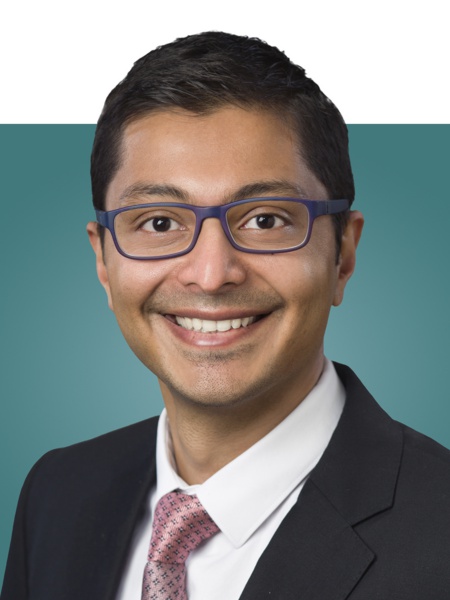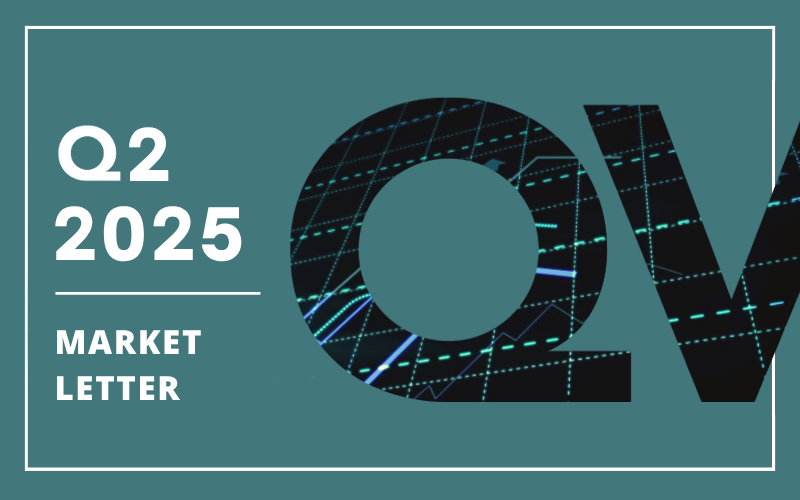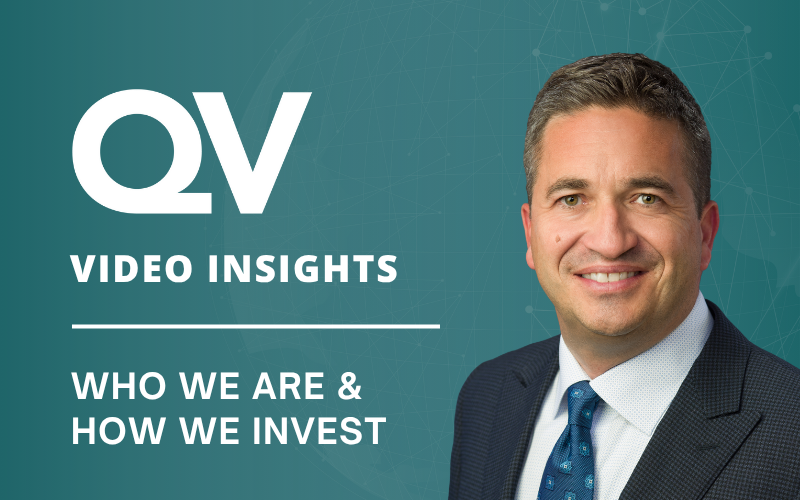Dynamic risk management is a critical part of our investment process for two reasons: 1) it guides us to build more resilient portfolios that help us protect clients’ capital during market downturns; and 2) it gives us a buffer that allows us to be more opportunistic during times of higher market volatility like we are seeing now. The foundation of risk management is the bottom-up investment process that focuses on excellent quality companies with the most attractive return potentials. These are the types of companies that should be the most resilient to any number of systemic or market-wide risks. In our due diligence process, we also gain in-depth awareness of company specific risks, and we monitor these risks over time for all our portfolio holdings. We supplement our bottom-up analysis on companies with weekly Investment Committee meetings wherein we discuss scenarios for how key market risks may unfold and our exposures to these different scenarios.
Our process for managing risk is consistent, underpinned by our monthly risk audits and investment team insight, but we recognize that the probabilities for specific risks evolve over time. As a result, our thinking towards how these risks impact our investments needs to be dynamic in nature. For example, one of the themes we have been monitoring closely is the transition of energy from carbon-based to low or zero carbon renewable sources. While we do not think the long-term trend towards decarbonization has changed over the past 3 months, the current supply/demand imbalance has increased the price of oil and gas and has led us to review our thinking on related portfolio holdings. In some cases, we have trimmed where optimism towards near term results has grown but longer-term return potential looks less attractive. For example, the QV Global Equity Fund recently trimmed its position in EOG Resources, a US-based oil and gas exploration and production company.
More recently, we have extensively discussed the unfolding conflict between Russia and Ukraine. Some of the scenarios we have considered include 1) widening of the current conflict to include other European countries; 2) persistence and worsening of inflationary trends; 3) stagflation as higher input costs lead to lower growth rates; and 4) recession. Please check out recent updates from my colleague Derek Nichol for additional thoughts on this topic. For each of the four scenarios, we’ve discussed our exposures to them and how our portfolios may respond. In some cases, we’ve made decisions to improve the resilience of the portfolios. For example, in the QV Global Small Cap Fund, we exited a small position in Kamux Oyj which sells used cars in Europe and reduced our weight in Methode, a US based auto parts technology company. These actions reduced our overall exposure to the auto industry, an area of consumer discretionary spend that has a higher probability of being negatively impacted in a recessionary scenario but that didn’t appear to be reflected in the share price.
Many of our efforts and resulting actions are also opportunistic in nature, which is enabled by the existing resilience of our portfolios that allows us to dedicate a lot of our time playing offense in addition to defense. One recent example in the QV Canadian Small Cap Fund is Neighbourly Pharmacy which operates a chain of retail pharmacies in Canada. This is a high-quality business with a management team that has continued to execute very well. Shares have been caught up in recent market weakness, providing an opportunity for us to add to our position in the company. Within the QV Global Small Cap Fund, we saw an opportunity to own a US-based company called National Research Corp., which provides critical measurements around the quality of service delivered by health care providers. While the company continues to perform well, growing revenue and income to record levels, shares are trading at a similar level to three years ago providing an attractive entry point.
In conclusion, the team at QV remains highly engaged in the assessment of dynamic risks while maintaining a consistent risk management process. We think that doing so will help to continue to protect capital and provide attractive opportunities to deliver best in-class returns for our clients.




